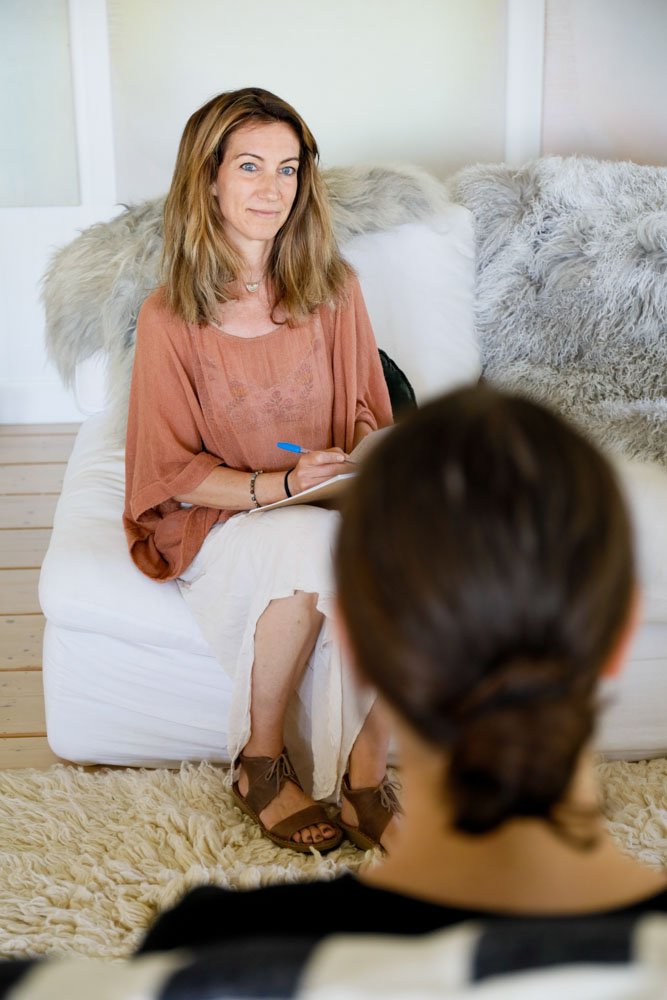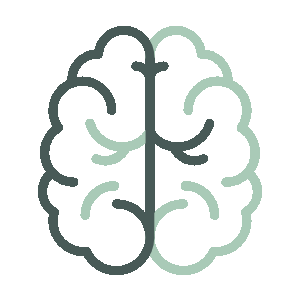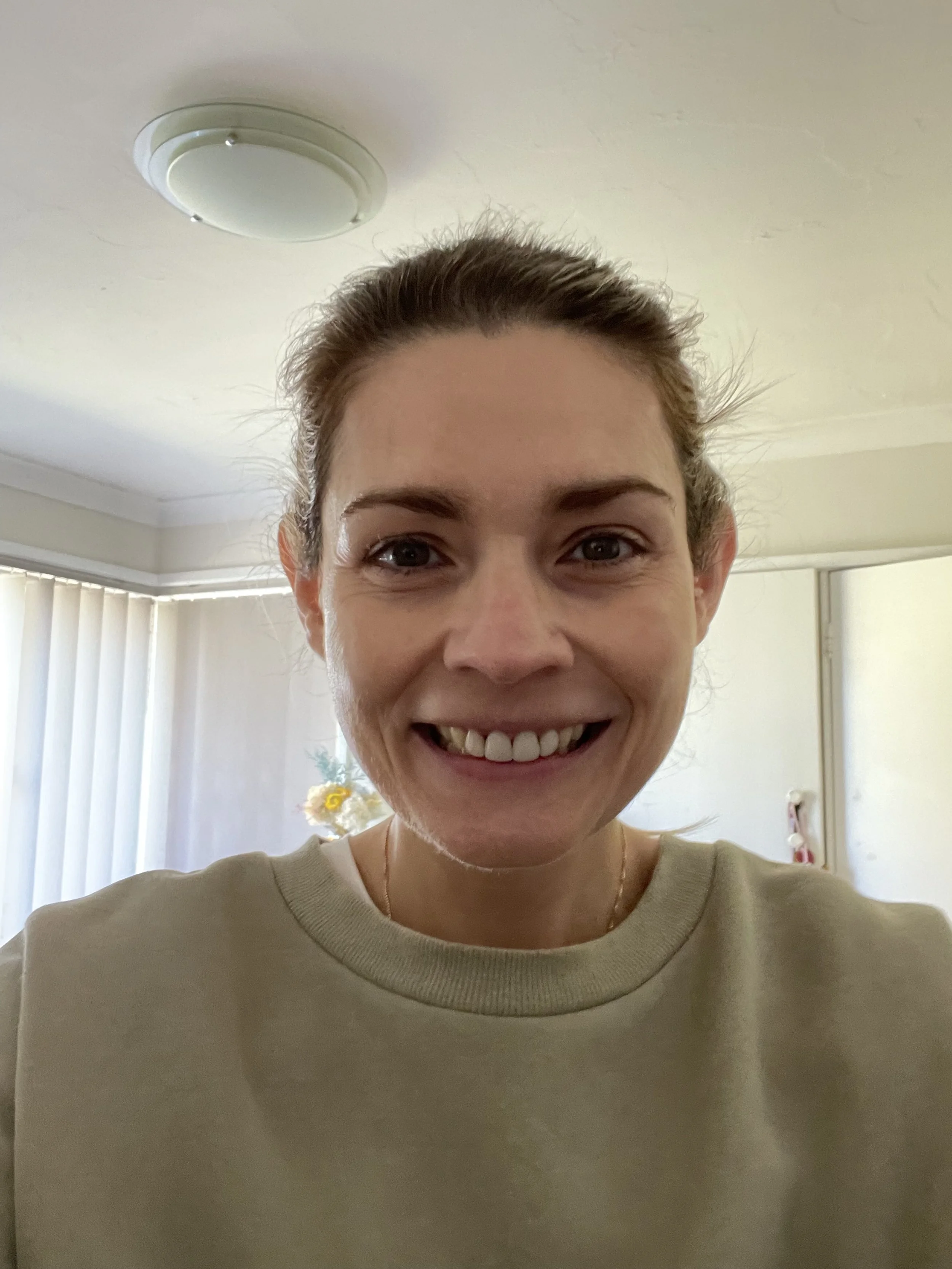Introducing the concept of somatic counselling
Research shows that incorporating the body in therapy leads to more lasting change than talk therapy alone. Somatic counselling is a combination of mind and body work. It recognises the key role the autonomic nervous system plays in healing and successful therapy.
By exploring physical sensations (such as heat or tightness in the body) while discussing an issue, we can directly access the deep-rooted emotional memory. We integrate the experience, new neuropathways are built, and we can come back to our regulated selves, feeling calmer and more in control.
Global best practice for successful therapy is somatic: a combination of mind and body work.
Drawing from the science of safety, trauma, and neurobiology, I use a combination of somatic therapies like Internal Family Systems (IFS), mindfulness, somatic experiencing techniques and cognitive psychology.
The Body
Learning to recognise how feelings are experienced in the body and how the body communicates is essential for healing and behaviour change. I use body focussed interventions, like tapping, breathing exercises and gentle movement, to help overcome the physical and emotional reactions that create the suffering. You’ll feel safe and liberated in our body and come back to your regulated self.
The Mind
Our self-views, our patterns of coping and our thoughts have roots in early childhood experiences and are often unconsciously repeated in unhelpful ways. I use evidence-based somatic practices to help break unhelpful thought patterns. You’ll feel more in control of your thoughts and feelings, particular the troublesome ones. This will enable you to get new perspectives and achieve true behaviour change.
My mission is to create positive change in as many lives as possible.
Therapeutic 1:1 Coaching
If you’re a human, chances are you’ve experienced trauma. This experience unconsciously shapes your neurobiology, behaviour, and relationships. Our life is navigated from a place of fear, adaptation, and disconnection rather than connection and self-worth. As a trauma-focused therapist, I recognise that trauma is real, present, and must be integrated into the body for true healing. I see best results with clients when these conditions are present:
You are committed to do the work between sessions
You are genuinely ready and motivated for change
Your situation is relatively safe and regulated to enable you to be vulnerable and safely undertake your inner work
You are willing to sit with some discomfort of growth
My primary goal is for my clients to feel safe and seen.
All trauma occurs in relationships, making the client-therapist relationship essential for creating new, safe experiences. My primary goal is for my clients to feel safe, seen, and supported. Sessions focus on exploring self-perception, worldviews, and coping patterns. Body-centered practices are gently introduced to regulate the nervous system and increase awareness.
I provide I helpful insights into neurobiology to deepen understanding of the brain-body connection. Between sessions, clients receive resources and practices to promote gentle habit formation and lasting change.









